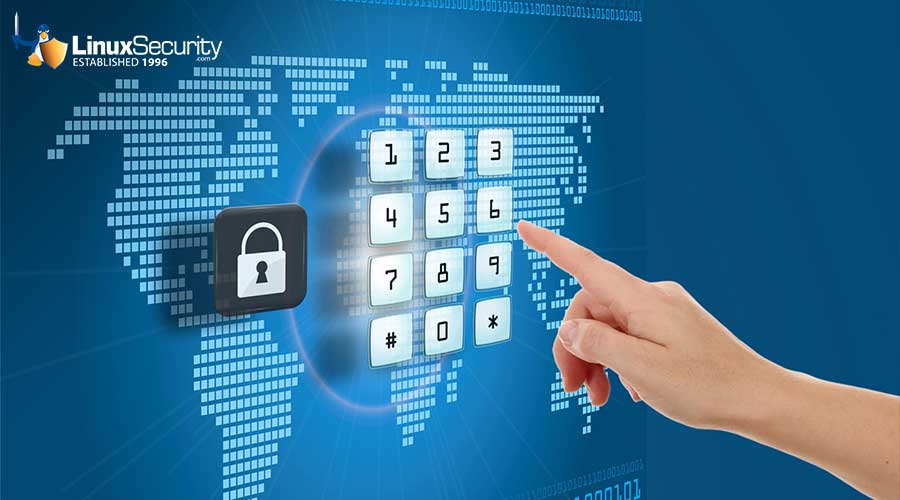1 - 2 min read
Jan 07, 2008
Encryption is one of the main pillars of security, and GnuPG is a robust and flexible tool with great functionality that is fully GPL Licensed. And since it just celebrated its landmark 10th Anniversary, it was an easy choice for our tool of the month.
Ten years is a long time in the open source community; a very long time. Lasting a decade, especially in these years of open source development, is nothing short of remarkable. And like all great open source projects, it came from humble beginnings - it was initiated as a way to encrypt data without relying on restricted patents (namely RSA and IDEA) by Werner Koch from Germany. Why?
Back in 1999 Richard Stallman was interested in pursuing a PGP replacement after existing patents had run out and had decided to turn to European developers...
U.S. arms trafficking laws were tough, and prohibited the development of such cryptography software. He then introduced the idea that European developers could help to create a crypto tool, and pushed it at a talk in Germany in May of 1997. Looking for a way to contribute, Werner Koch took it upon himself to create this GPL licensed tool (and also consistent with existing standards). He sought to use algorithms that would end up bypassing RSA and IDEA.
To do this he used the alternatives Blowfish and Elgamel. With this strategy in hand, he hacked on PGP and implemented the very first GnuPG release on December 20th, 1997, including added file management and streaming encryption.
(There is much more to the story, and for the complete overview from Werner Koch himself, go
here...)
Considering that it now ranks among the most widely used encryption systems in use with functionality for over ten different encryption formats, support in 16 different languages, full PGP compatibility, a near limitless variety of front-end applications and utility for mail and other uses, GnuPG is one of the best open source tools period, much less a security tool!
So for the month of January, we will continue to pay homage to all things in GnuPG and cryptography and present you with articles, HowTo





















